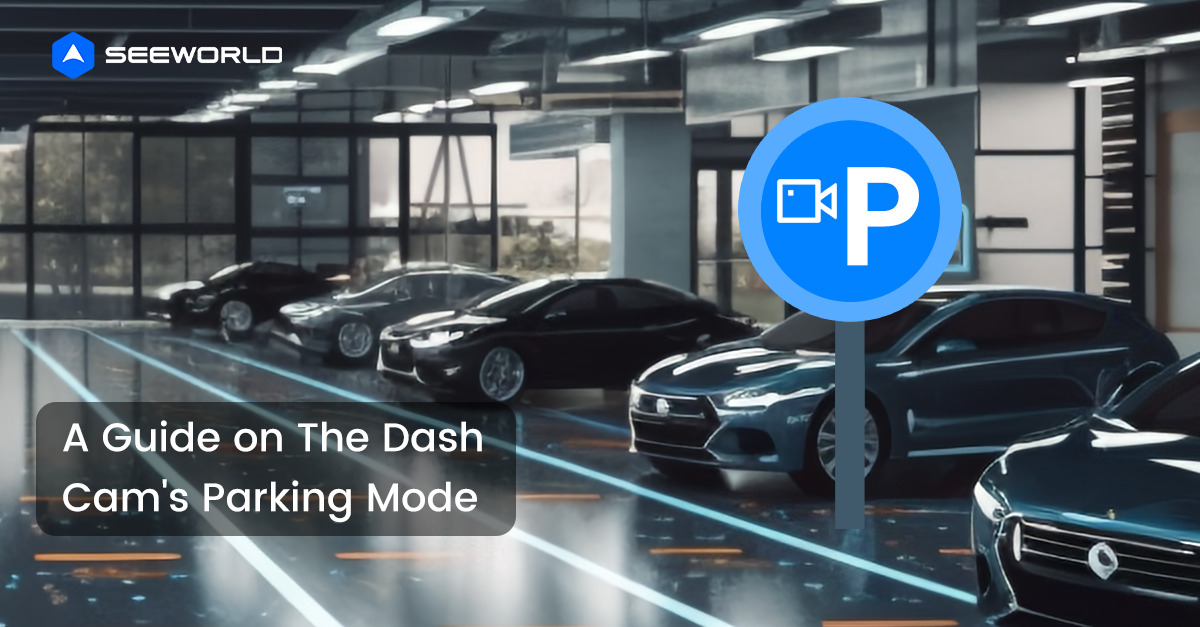
7 Dash Cam Maintenance and Care Tips
In an era defined by heightened awareness of road safety and the quest for accountability in vehicular incidents, dashcams have
Our industry solutions are built on deep market insights and technical expertise, providing you with comprehensive end-to-end solutions.
Traditional tracking methods often provide limited visibility into the location and status of shipments. This can lead to delays, errors, and a lack of transparency throughout the supply chain. SEEWORLD tracking solution allows logistics businesses to have complete visibility into their supply chain and proactively address any issues that may arise.

Assets can be vulnerable to theft or loss, leading to financial losses and operational disruptions. Traditional security measures may fall short in providing real-time alerts and recovery options to mitigate these risks effectively. Real-time alerts can be triggered in case of unauthorized access or deviations from predefined parameters, allowing for timely intervention and asset recovery.

Auto finance is susceptible to various fraudulent activities, such as identity theft, false documentation, and vehicle theft. SEEWORLD IoT tracking devices can provide valuable data for fraud detection, such as vehicle tampering, unauthorized usage, or unusual driving patterns. Real-time alerts can be triggered to identify potential fraud attempts and take immediate action.

Some utility assets are located in remote or inaccessible areas, making it challenging to monitor their performance or respond promptly to issues. Traditional tracking methods may not provide accurate or timely data from these locations. SEEWORLD IoT devices can gather data from remote and inaccessible locations, ensuring comprehensive coverage across the utility infrastructure.

When developing our products, we primarily focus on three main pillars – reliability, security, and ease of use. We believe these elements are essential for the success of any IoT project.
We offer a wide range of advanced vehicle tracking devices to allow our customers to locate any vehicles, cars, buses, motorbikes, scooters, vans, or trucks in real-time, anywhere in the world using a PC, Tablet, or Smartphone.
Asset trackers give managers great peace of mind by allowing them to track the location of their assets in real-time and to place additional safeguards to prevent loss of valuable equipment and asset theft.
SEEWORLD OBD Tracker is a small GPS tracking device that plugs directly into the OBD port of ANY vehicle. No tools or wiring required. Simply plug the tracker in and you're set to go.
LBS (Location-Based Services)
CMP (Connectivity Management Platform)

In an era defined by heightened awareness of road safety and the quest for accountability in vehicular incidents, dashcams have

In the realm of automotive technology, the advent of dash cams has revolutionized the way individuals perceive and interact with

In recent years, dash cams have become increasingly popular among motorists for capturing footage of their journeys. Initially used primarily
For businesses, dashcams are not just about recording road incidents; they’re a tool for improving overall business operations, enhancing safety,